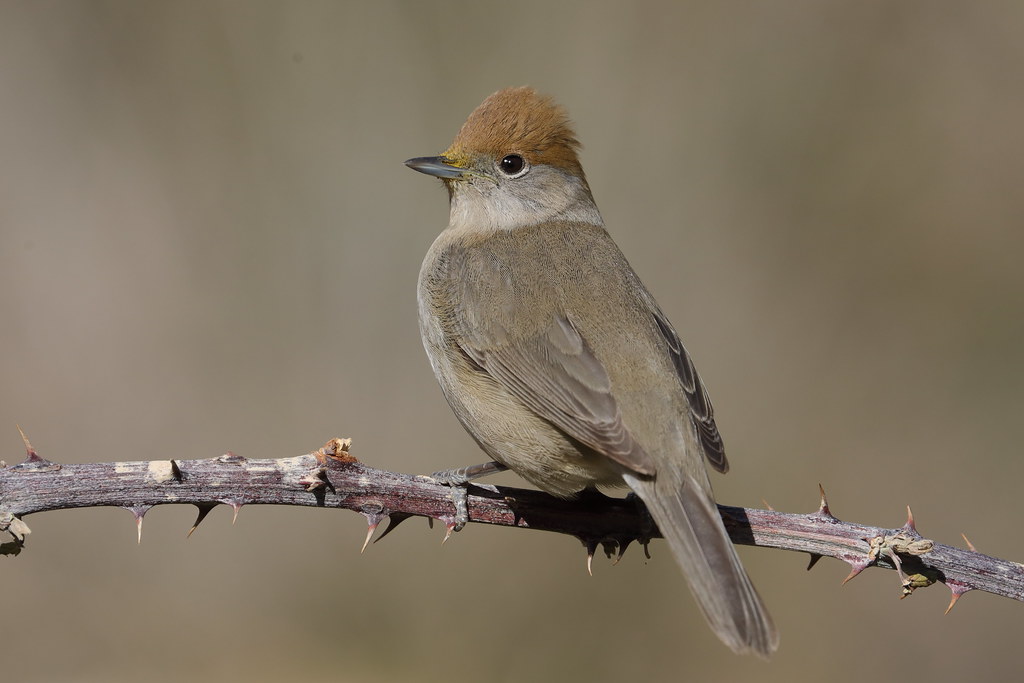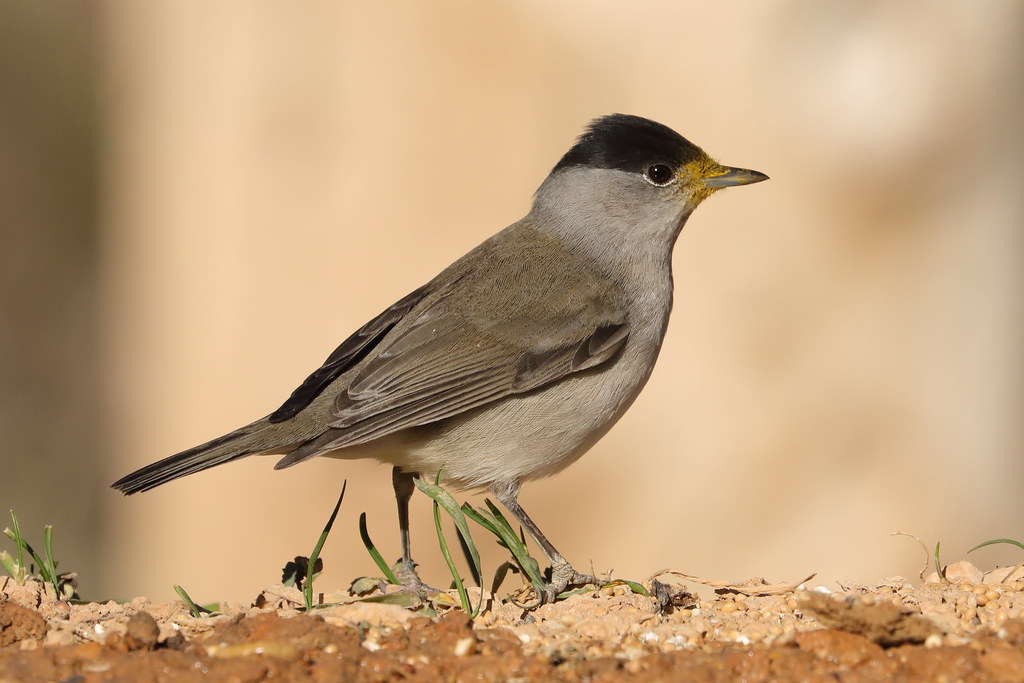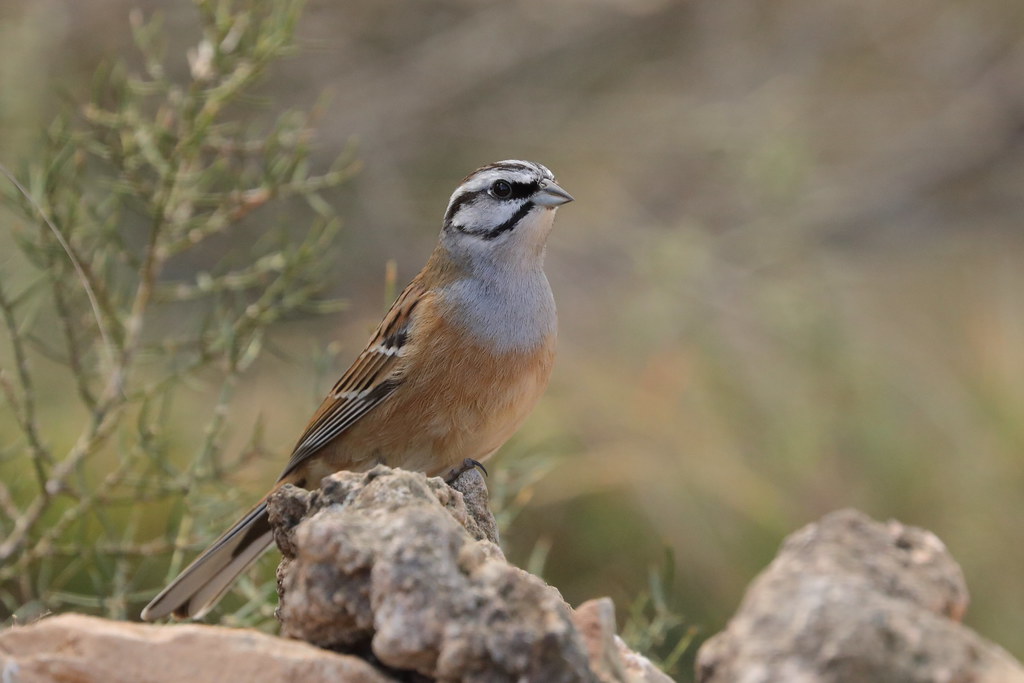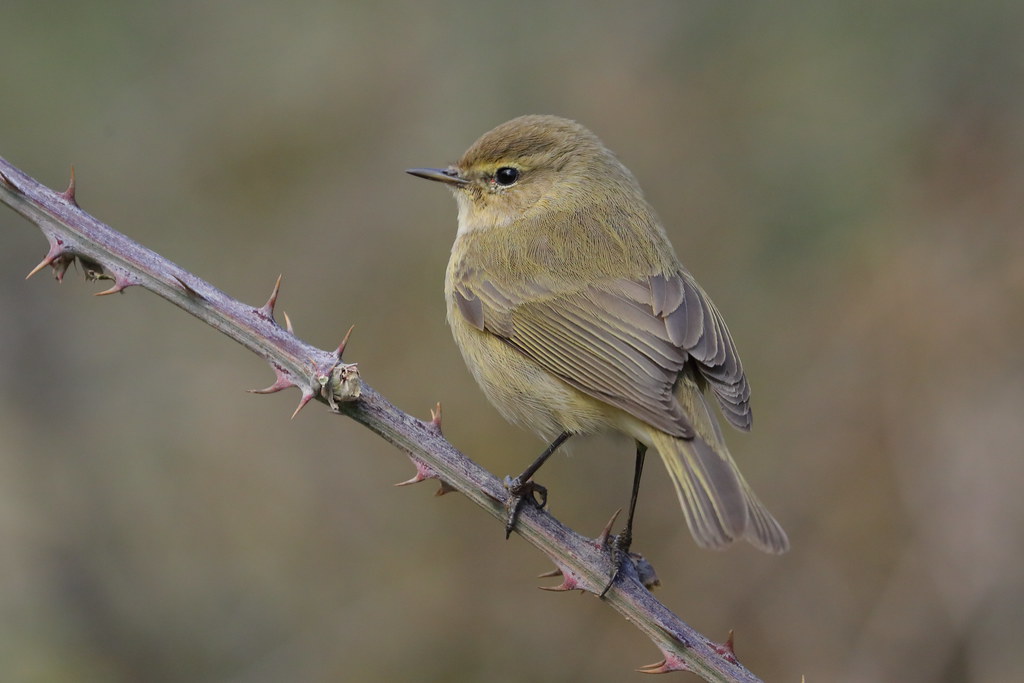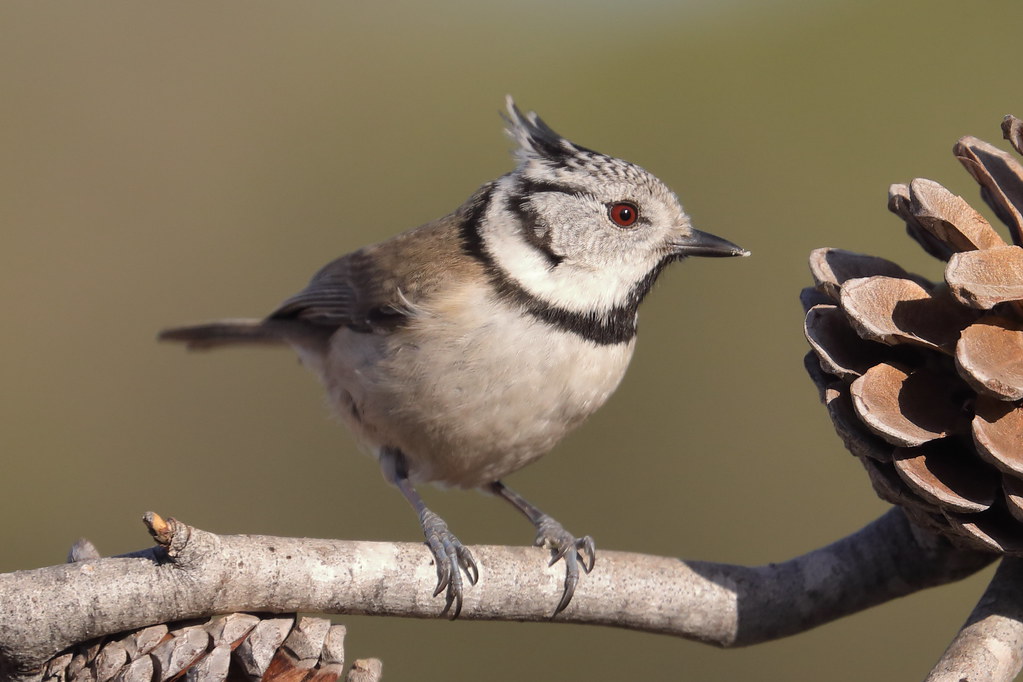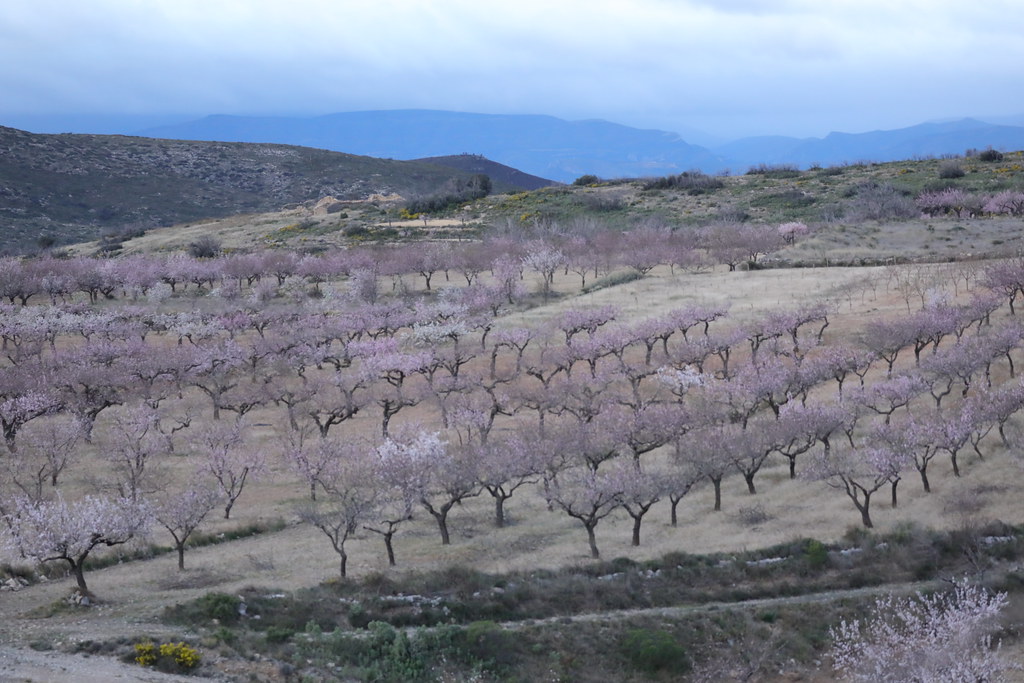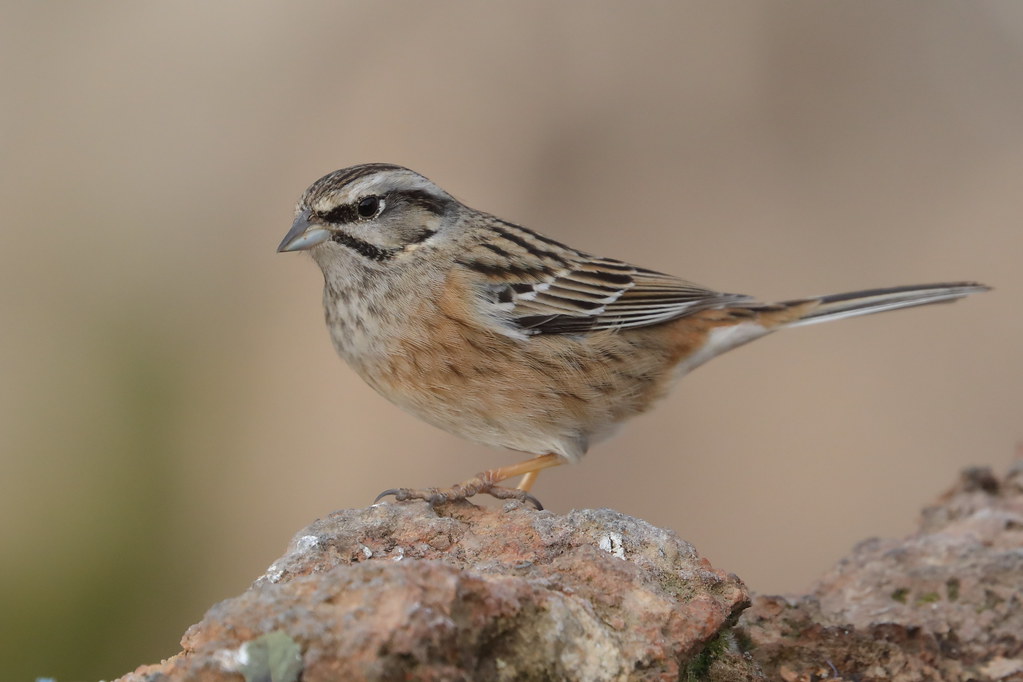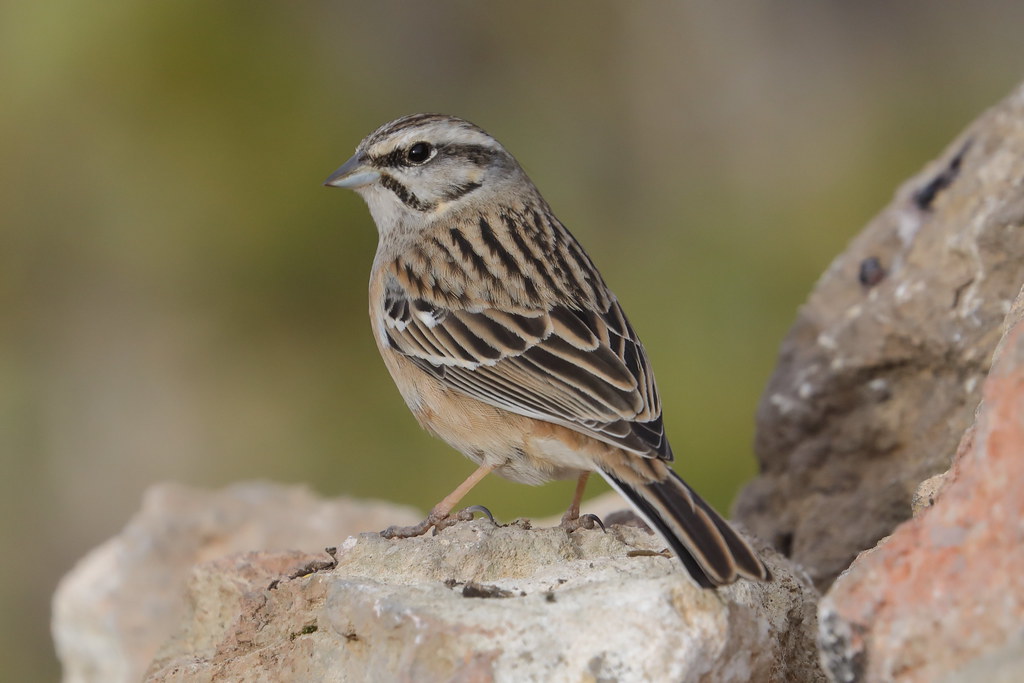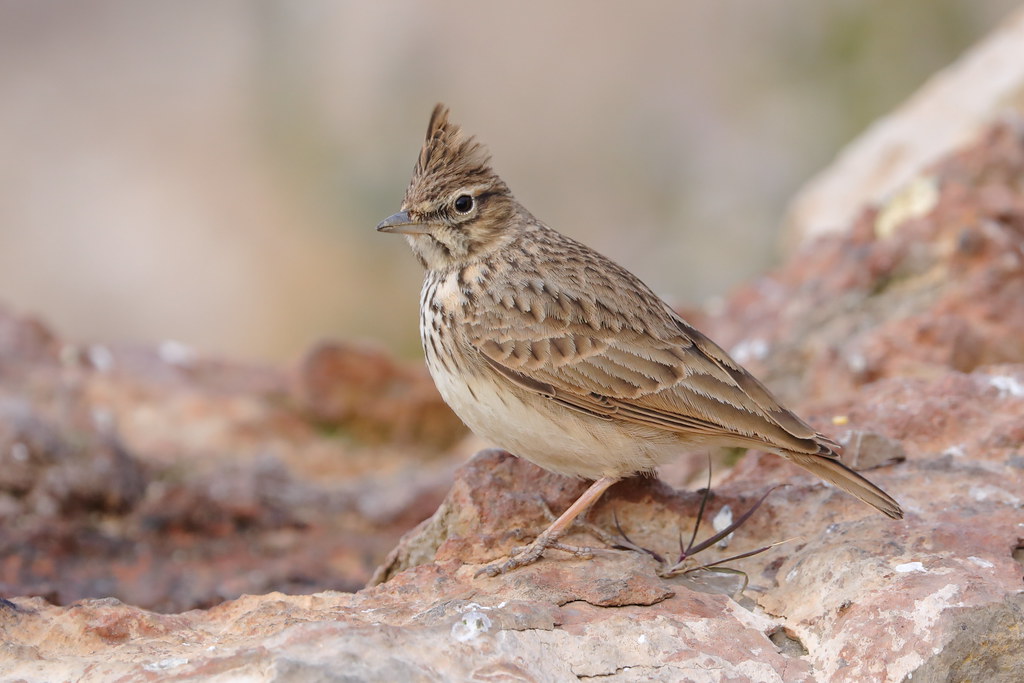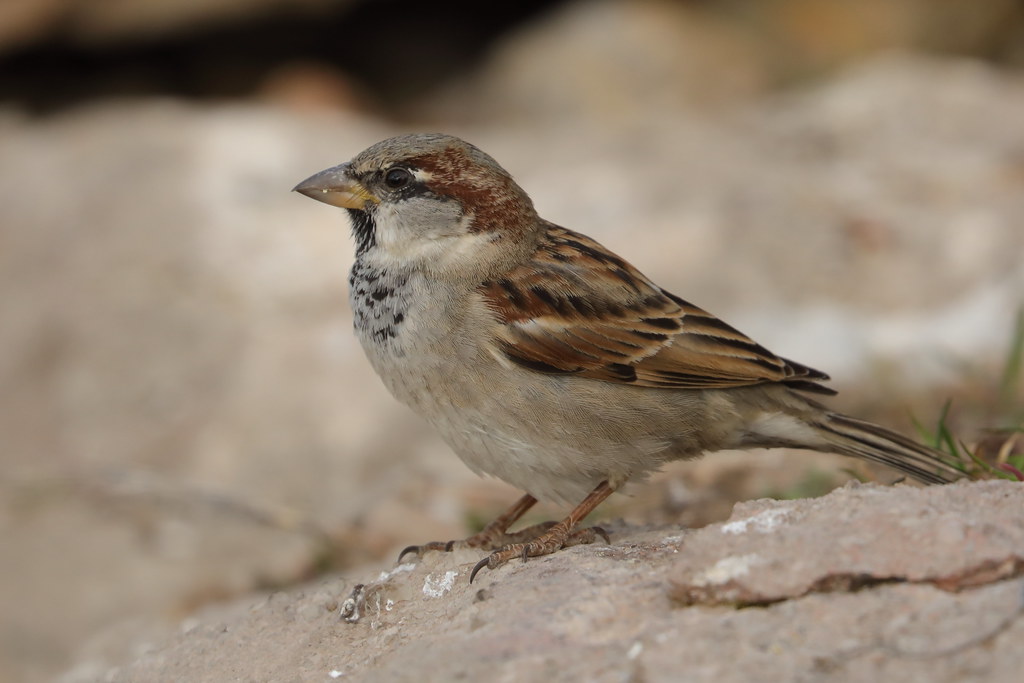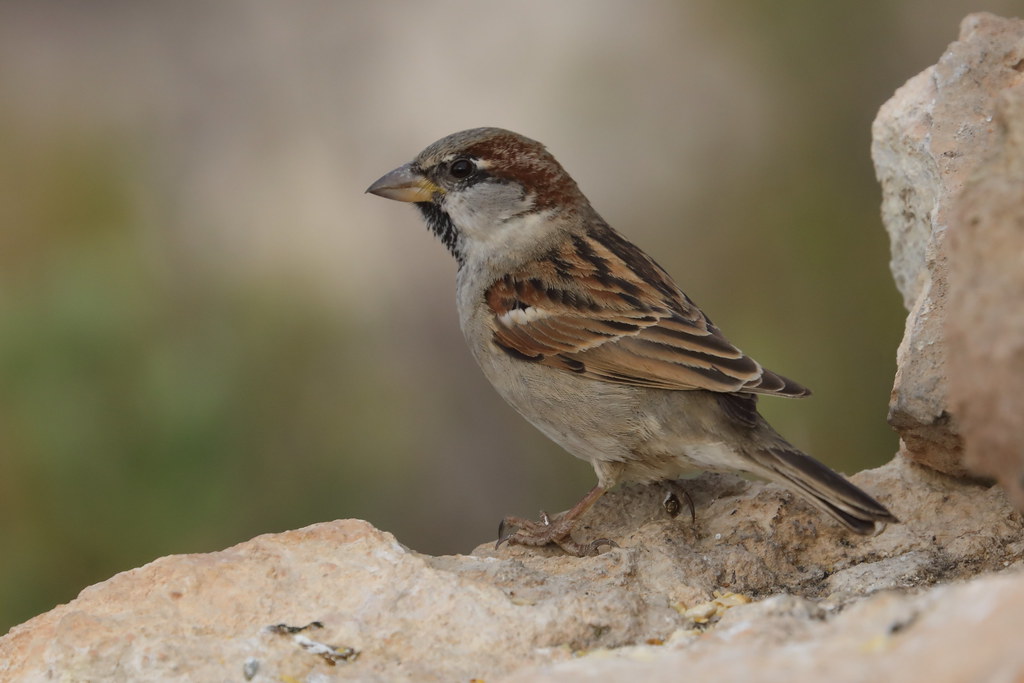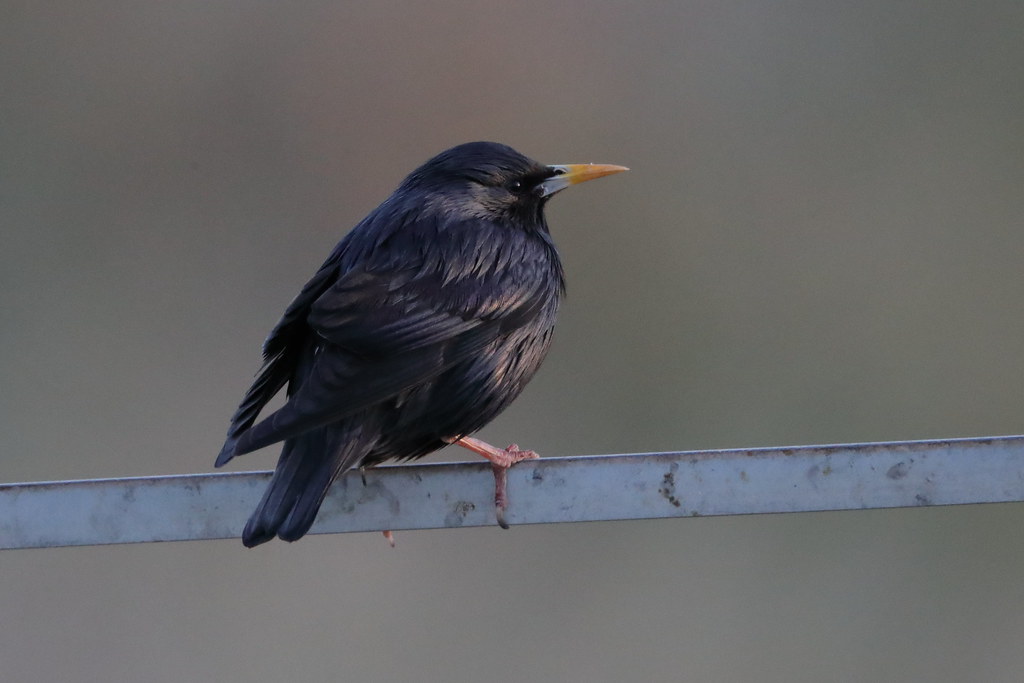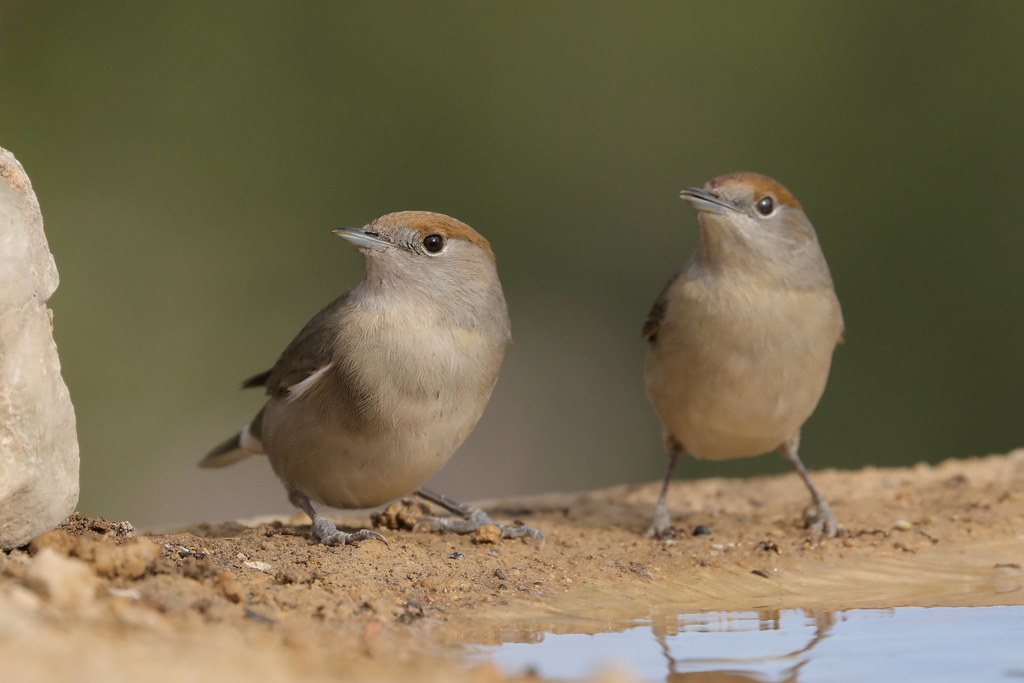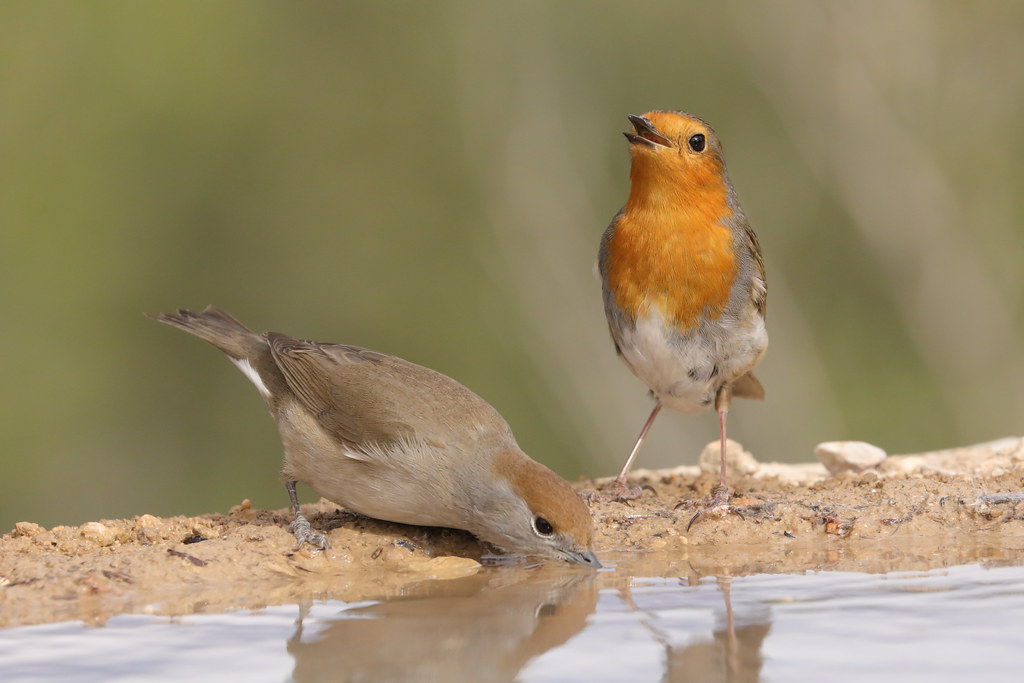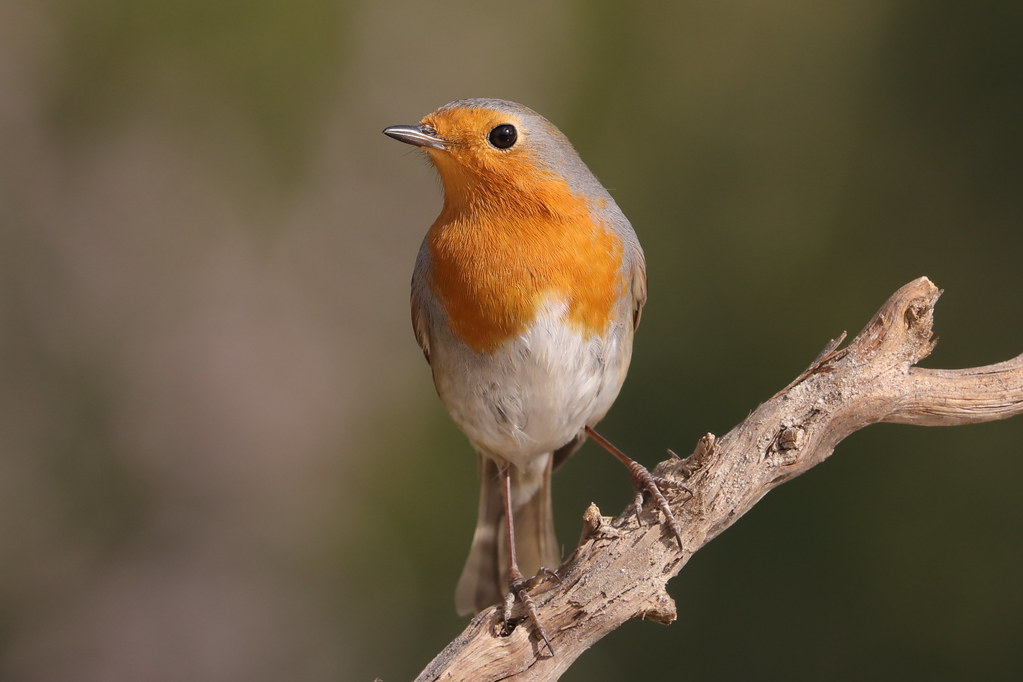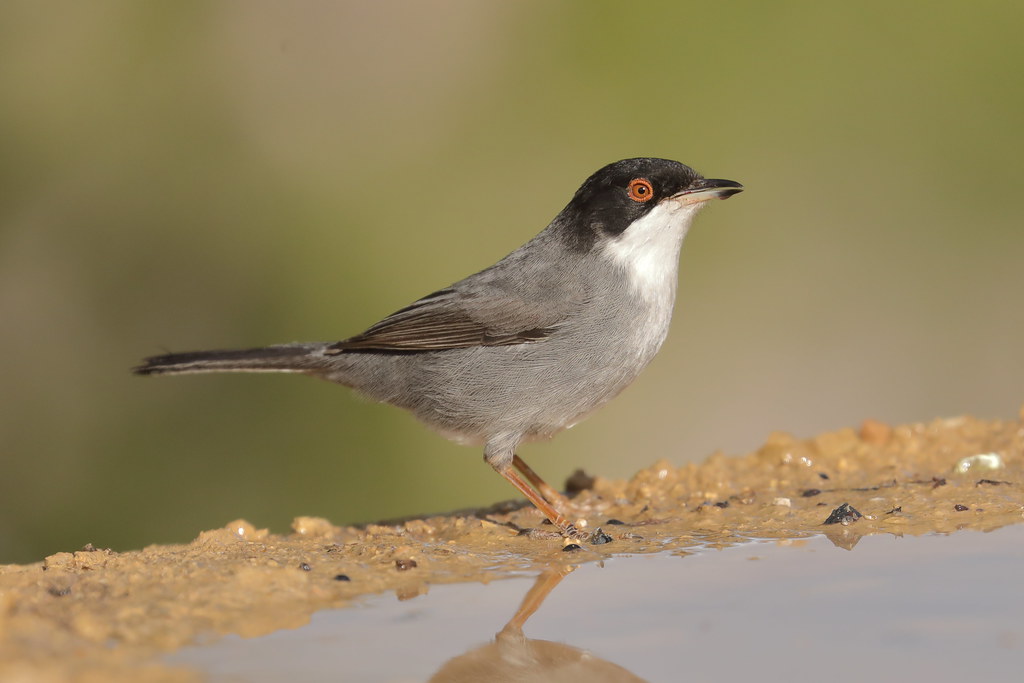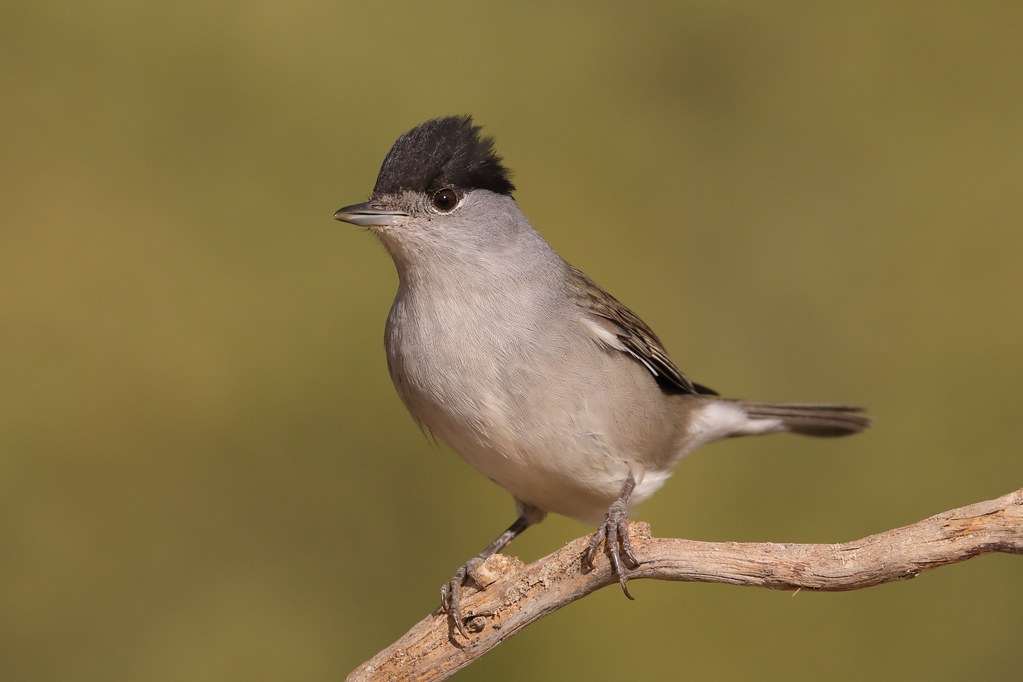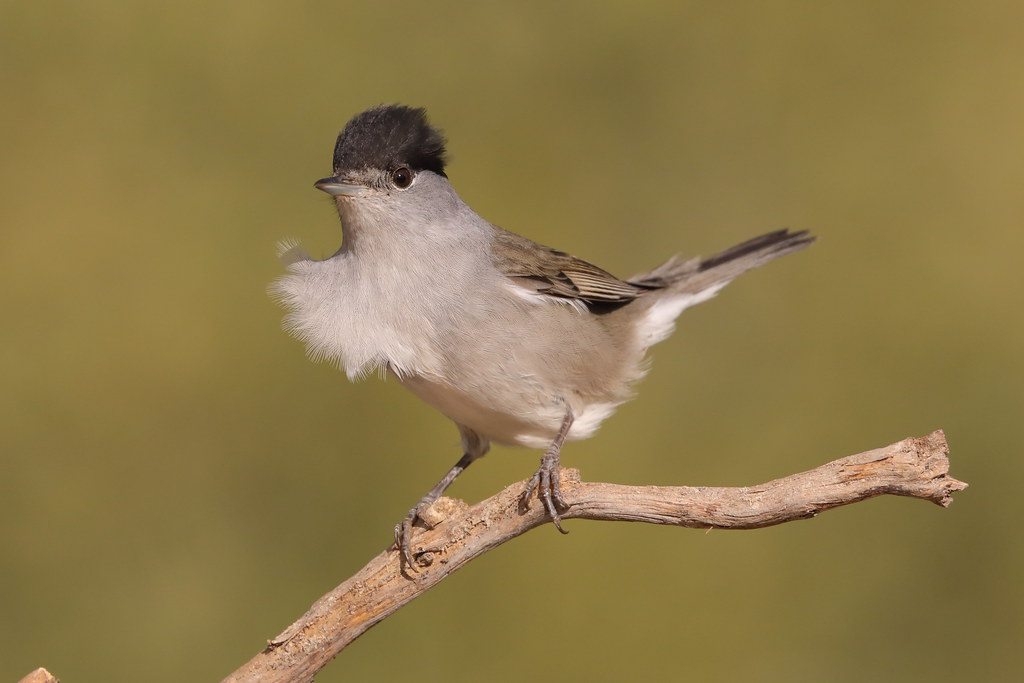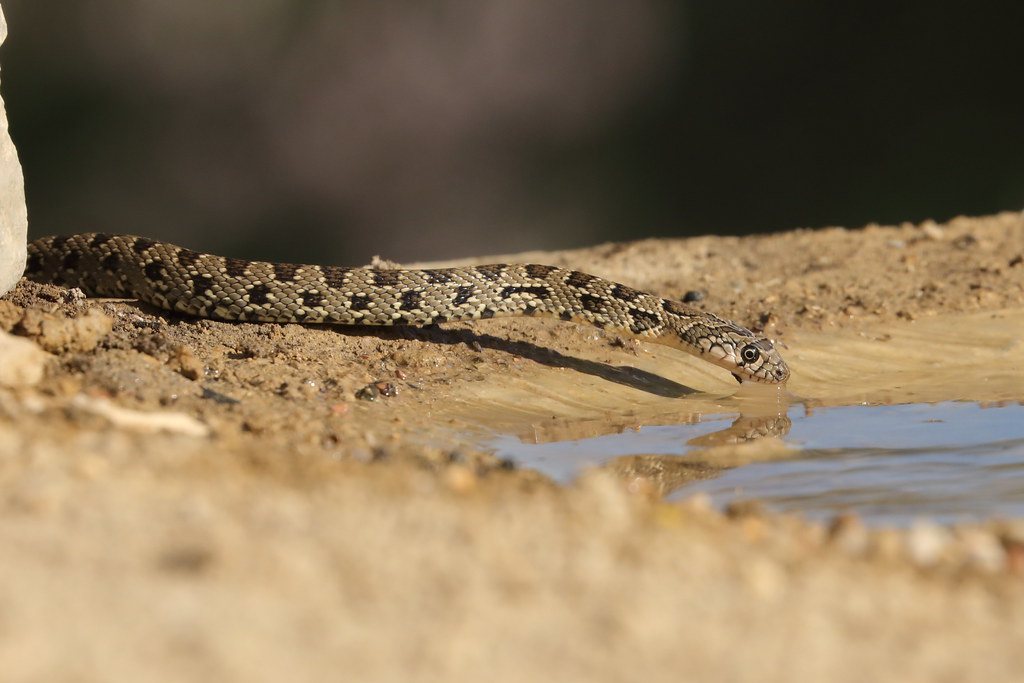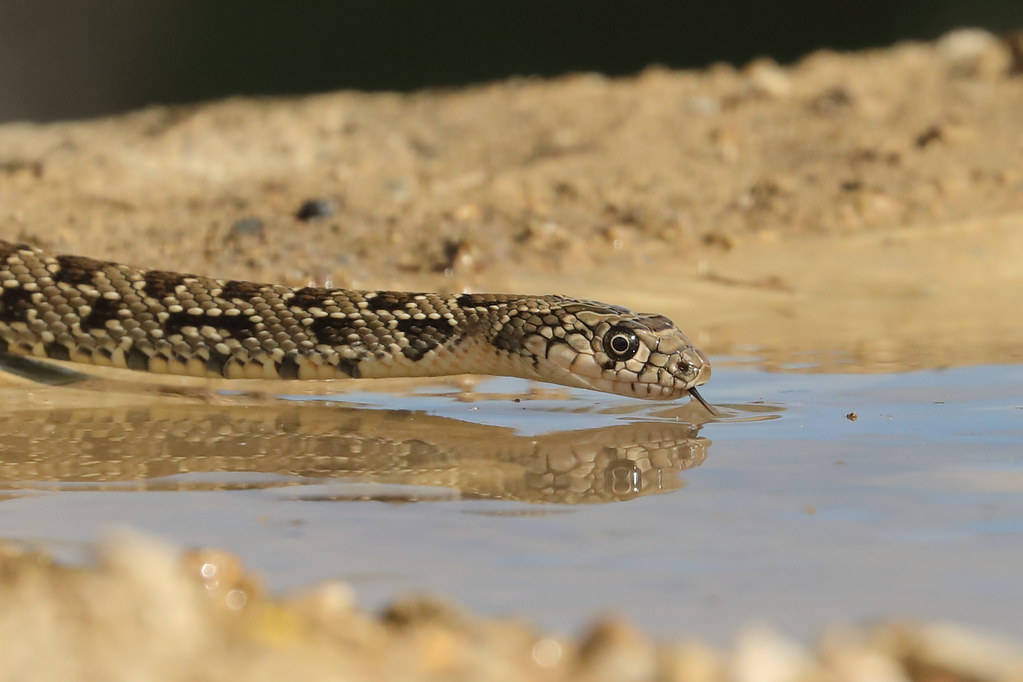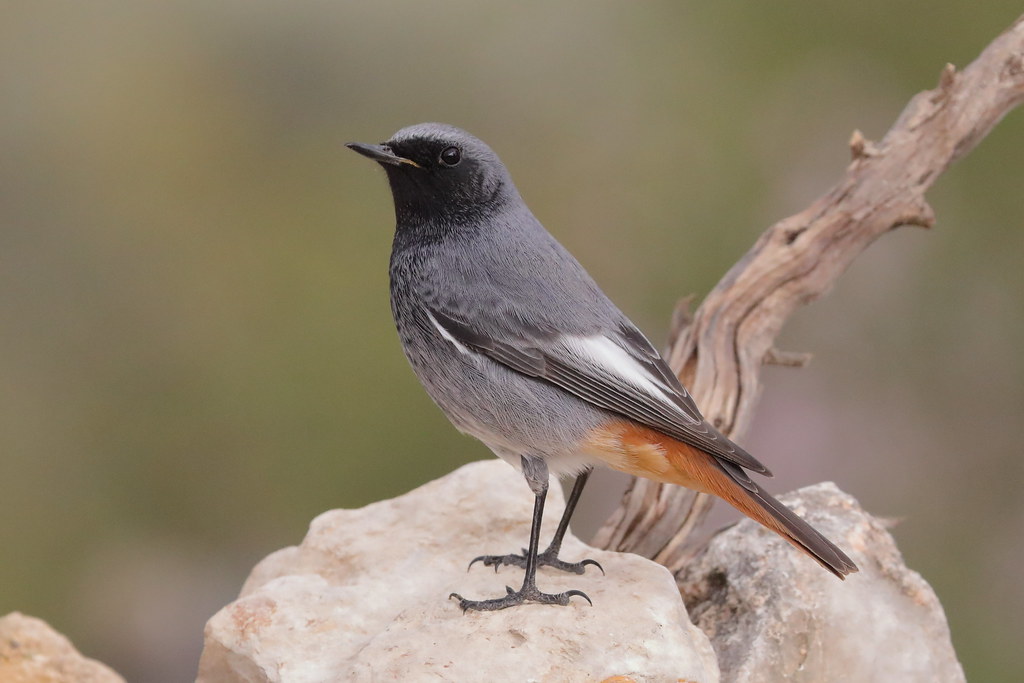All 6 of us were up and about fairly early but we all hung around to say goodbye to Cornelius, Paul and Yani too when she came to pick them up to take them to the airport.
The rest of us had made a decision on what to do that last day but sometimes plans don't quite work out as intended. All I would say is, when ever you hand over your passport, whether you might be checking in at a hotel or handing it over at some other place, just make sure it's your passport and thus avoid unnecessary stress when you realise you have someone else's!
Mike and I ended heading back to Alicante before Rich and Steve.
The first port of call was a reserve near the city where White-headed Duck can be seen. It was nice to be out in the fresh air again instead of in a box but boy was it fresh!
We had a howling gale and despite sticking it out for a few hours we didn't get to see the duck in question.It's a shame as I wanted to see the reason the Ruddy Duck ( an American import) was eradicated from Europe to stop them breeding with the White-headed ones. The following photo was taken locally to where I live over 10 years ago and I haven't seen one since.

Ah well, a journey wasted perhaps. We were told that there was a pair in residence but they must have taken refuge from the wind by hiding in the reed bed along with nearly everything else that was about.
On the open water it was quite choppy.

And only those that loved being under the waves seemed to be prepared to put up with it.
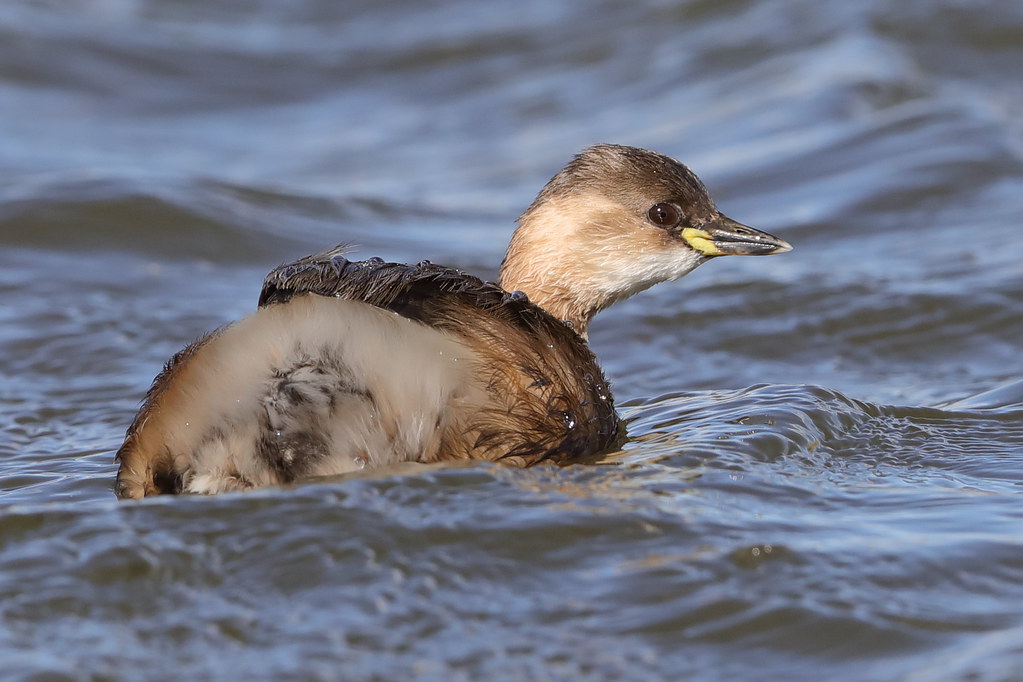
No, the Coot we were after was to be seen some distance away at another reserve south of Alicante. With nothing doing, we decide to go for it and although it was a good 45 minute journey it proved very worthwhile. The Red-knobbed Coot is only found in Southern Spain where Europe is concerned and to be honest at first appearance it was a bit underwhelming, however, when the sun came out later it made all the difference!

Quite a handsome bird after all.

There was another bird of note , well in as much as one I had never seen outside of captivity that is.
The Marbled Duck.
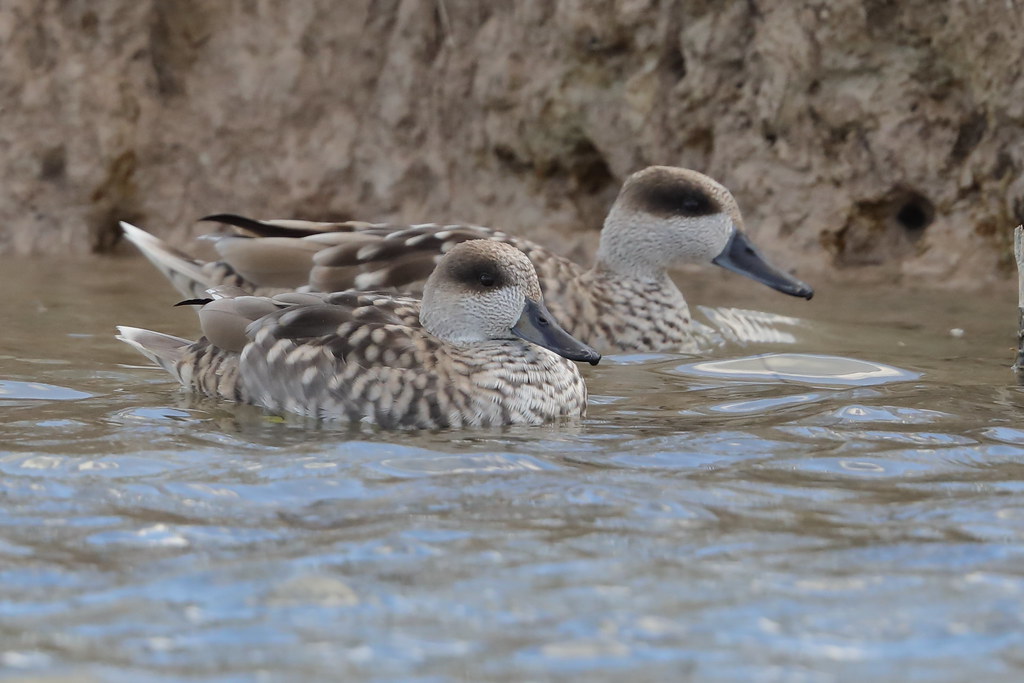
Again, not really eye grabbing but at least it put my number of "lifers" for the trip up to three when I included the Bonelli's Eagle.
The reserve had more to offer than just those two though.
Some nice birds to add to my 2019 list!
Western Swamphen.
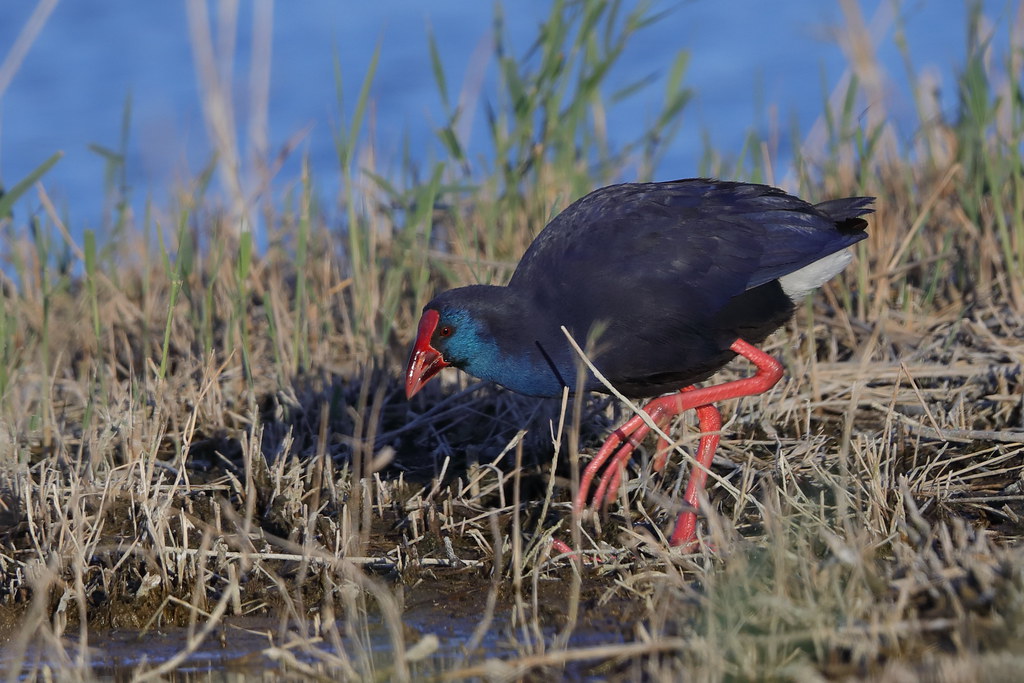
Yes that's it's name now it seems, used to be Purple Gallinule, Purple Swamphen but now no Purple at all.It's been divided in to 6 different species and this is the European version and always a lovely bird to see no matter what you call it!
It was still very windy and as I'd packed my tripod away in the suitcase my lens had to be hand held and to be honest I struggled.
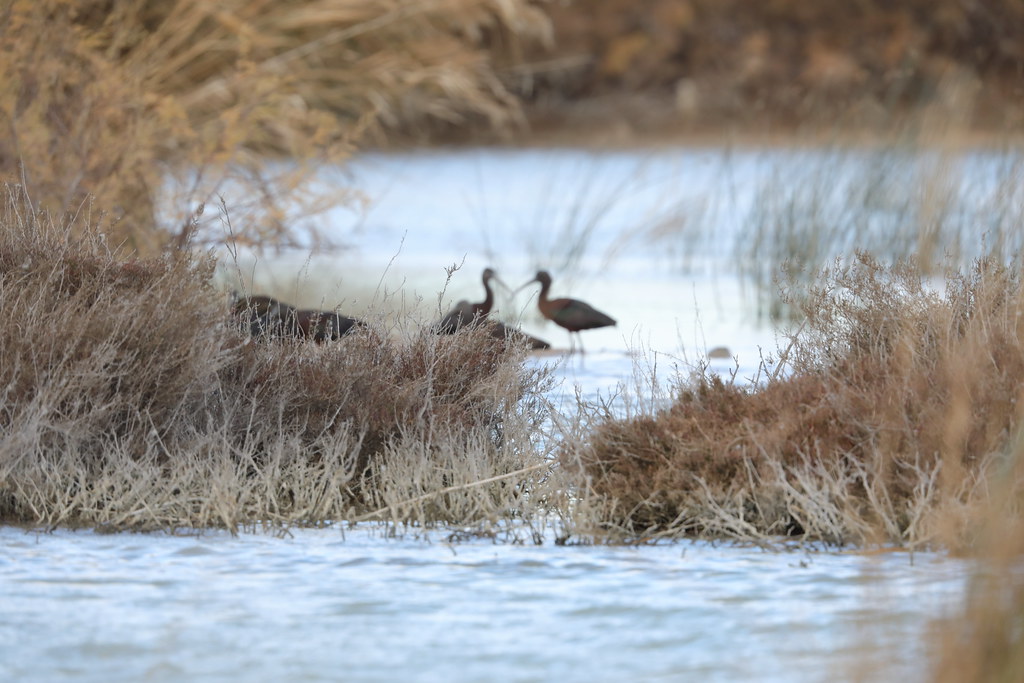
Some distant Glossy Ibis took flight but I still had the 2.0TC on the 600mm and it's not the best combination for those shots.
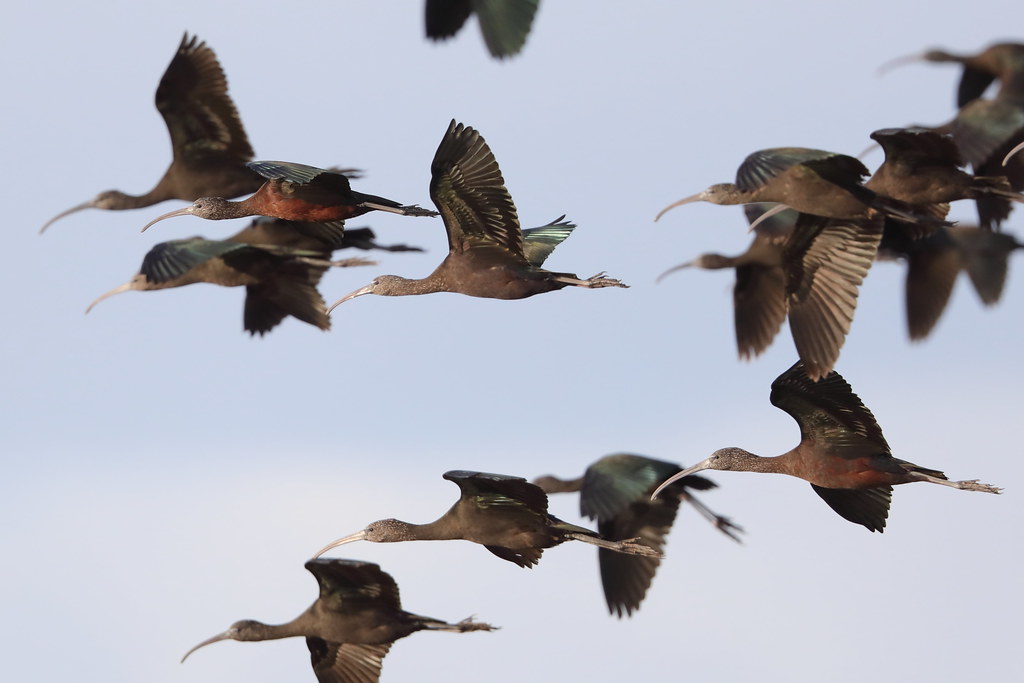
We found where they had moved to later on on our way home but it was now too dark to be worth trying to re-assemble our gear from the back seat of the car.
There was one last treat in store before we left though.

And it wasn't the Black Redstart male either!
Better than that.
When the Redstart flew Mike followed it to try for some pictures in better light, meantime I decided to go for the Red-knobbed Coot now the sun had made a brief appearance. He came back to show me the images he's taken of one of my favourite birds of all time.
Bluethroat!
I went off to look for it in the area he told me he'd seen it. At first I had no luck but then "Bingo".
A bit distant but I'm not complaining.
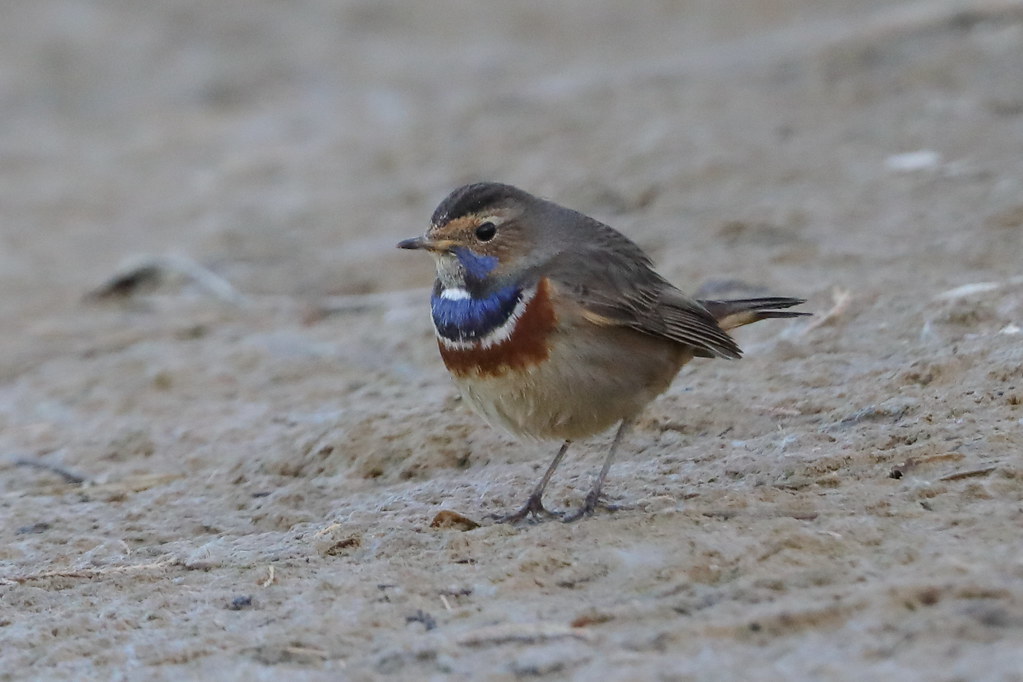
What a cracking way to end the day, to end our trip too.

Amazingly it could have had an even sweeter end too. As we were packing our gear away in the car park, suddenly there was a commotion out over the lagoon. Both Male and female Hen Harriers flew over the very spot we had been standing 15 minutes ago. What an opportunity that would have been!
Ah, well. I would still have had the 2.0x converter on the lens and would no doubt have struggled.
We returned to the Ibis hotel in Alicante to meet up once again with Steve and Rich. They had been lucky and caught sight of a single Alpine Accentor, a species neither Mike and myself had seen before, but dipped out like ourselves on the White-headed Duck. Still they were happy bunnies too.
A last night's supper and a few beers in celebration were called for.
It had been a good week, the weather had at least been largely sunny even if the wind had counted against us. This was probably the most successful and enjoyable trip for a few years.
Who knows, we might repeat something similar next year.
I wonder where?!
Anyway if anyone has any extra questions don't hesitate to ask.
cheers
Dave
The rest of us had made a decision on what to do that last day but sometimes plans don't quite work out as intended. All I would say is, when ever you hand over your passport, whether you might be checking in at a hotel or handing it over at some other place, just make sure it's your passport and thus avoid unnecessary stress when you realise you have someone else's!
Mike and I ended heading back to Alicante before Rich and Steve.
The first port of call was a reserve near the city where White-headed Duck can be seen. It was nice to be out in the fresh air again instead of in a box but boy was it fresh!
We had a howling gale and despite sticking it out for a few hours we didn't get to see the duck in question.It's a shame as I wanted to see the reason the Ruddy Duck ( an American import) was eradicated from Europe to stop them breeding with the White-headed ones. The following photo was taken locally to where I live over 10 years ago and I haven't seen one since.

Ah well, a journey wasted perhaps. We were told that there was a pair in residence but they must have taken refuge from the wind by hiding in the reed bed along with nearly everything else that was about.
On the open water it was quite choppy.

And only those that loved being under the waves seemed to be prepared to put up with it.

No, the Coot we were after was to be seen some distance away at another reserve south of Alicante. With nothing doing, we decide to go for it and although it was a good 45 minute journey it proved very worthwhile. The Red-knobbed Coot is only found in Southern Spain where Europe is concerned and to be honest at first appearance it was a bit underwhelming, however, when the sun came out later it made all the difference!

Quite a handsome bird after all.

There was another bird of note , well in as much as one I had never seen outside of captivity that is.
The Marbled Duck.

Again, not really eye grabbing but at least it put my number of "lifers" for the trip up to three when I included the Bonelli's Eagle.
The reserve had more to offer than just those two though.
Some nice birds to add to my 2019 list!
Western Swamphen.

Yes that's it's name now it seems, used to be Purple Gallinule, Purple Swamphen but now no Purple at all.It's been divided in to 6 different species and this is the European version and always a lovely bird to see no matter what you call it!
It was still very windy and as I'd packed my tripod away in the suitcase my lens had to be hand held and to be honest I struggled.

Some distant Glossy Ibis took flight but I still had the 2.0TC on the 600mm and it's not the best combination for those shots.

We found where they had moved to later on on our way home but it was now too dark to be worth trying to re-assemble our gear from the back seat of the car.
There was one last treat in store before we left though.

And it wasn't the Black Redstart male either!
Better than that.
When the Redstart flew Mike followed it to try for some pictures in better light, meantime I decided to go for the Red-knobbed Coot now the sun had made a brief appearance. He came back to show me the images he's taken of one of my favourite birds of all time.
Bluethroat!
I went off to look for it in the area he told me he'd seen it. At first I had no luck but then "Bingo".
A bit distant but I'm not complaining.

What a cracking way to end the day, to end our trip too.

Amazingly it could have had an even sweeter end too. As we were packing our gear away in the car park, suddenly there was a commotion out over the lagoon. Both Male and female Hen Harriers flew over the very spot we had been standing 15 minutes ago. What an opportunity that would have been!
Ah, well. I would still have had the 2.0x converter on the lens and would no doubt have struggled.
We returned to the Ibis hotel in Alicante to meet up once again with Steve and Rich. They had been lucky and caught sight of a single Alpine Accentor, a species neither Mike and myself had seen before, but dipped out like ourselves on the White-headed Duck. Still they were happy bunnies too.
A last night's supper and a few beers in celebration were called for.
It had been a good week, the weather had at least been largely sunny even if the wind had counted against us. This was probably the most successful and enjoyable trip for a few years.
Who knows, we might repeat something similar next year.
I wonder where?!
Anyway if anyone has any extra questions don't hesitate to ask.
cheers
Dave

